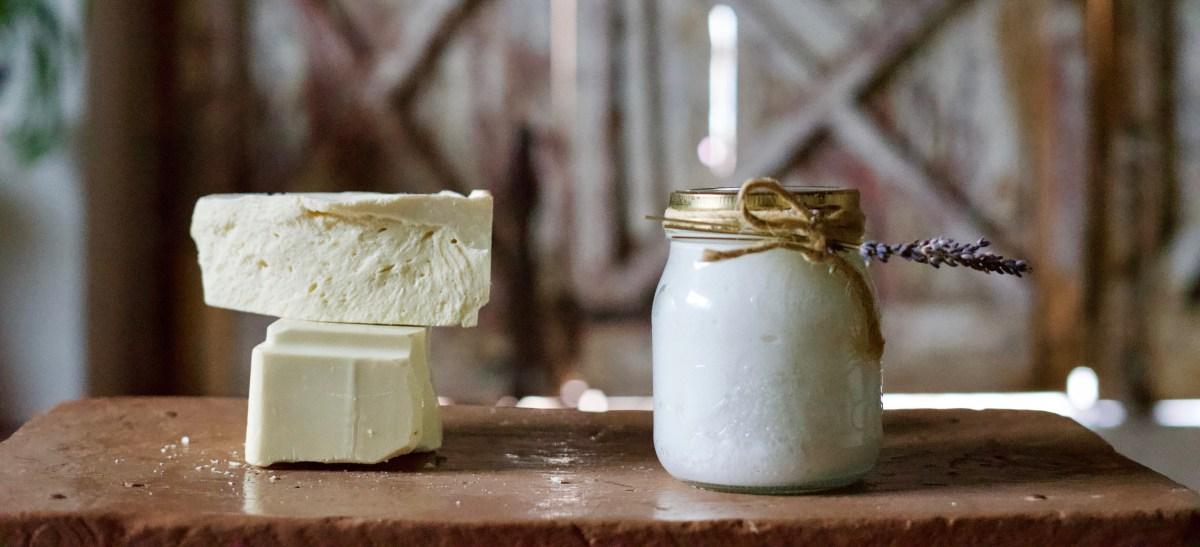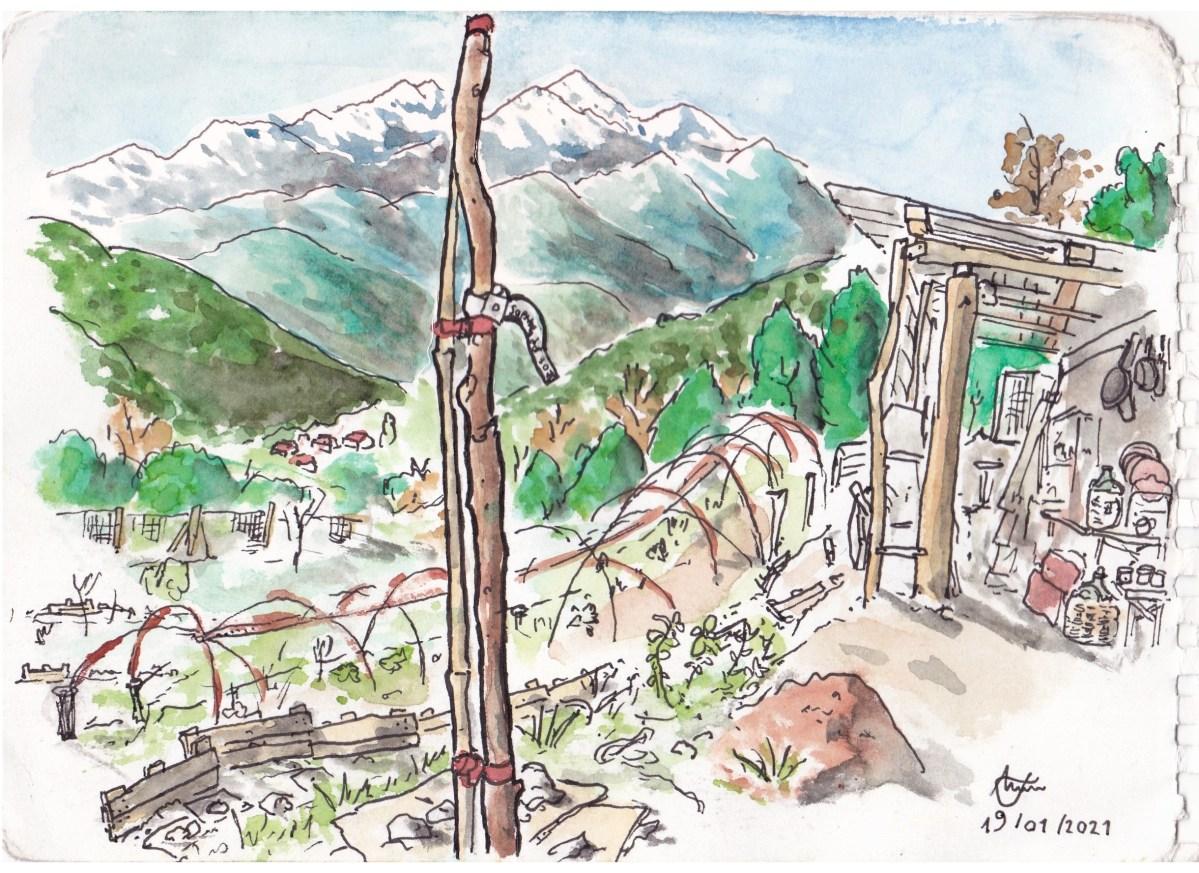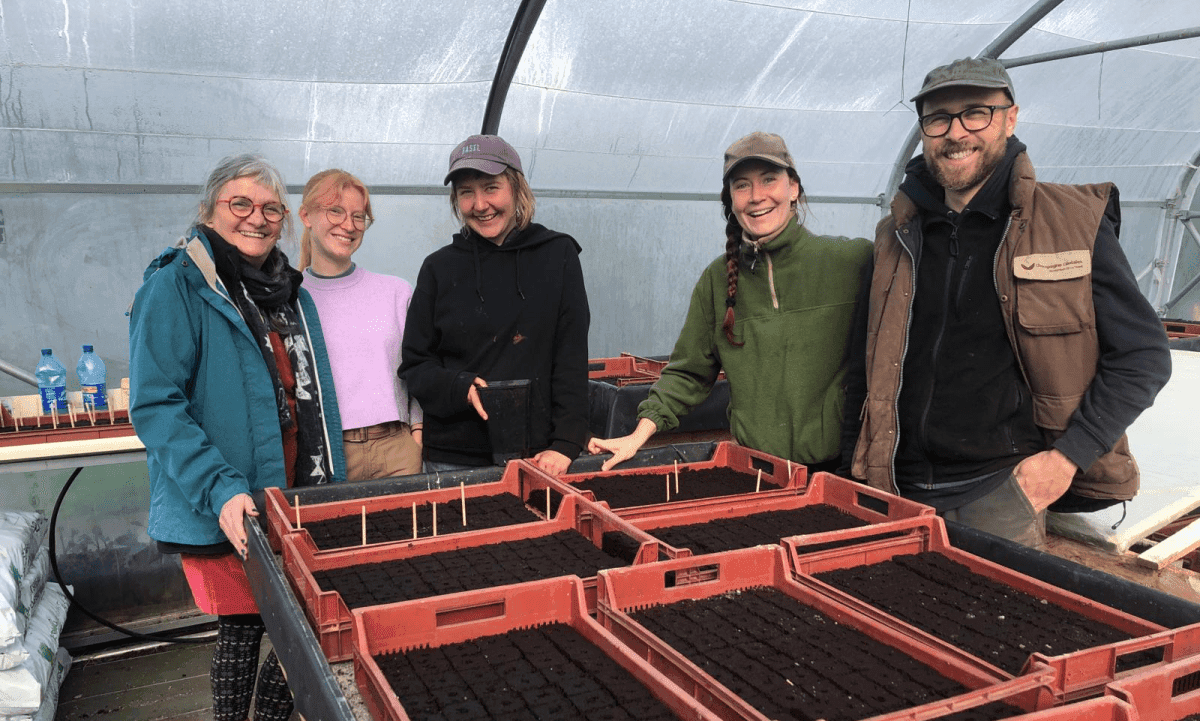
Recipe for a Dish Eco-soap: a Sudsy Paste for Zero-waste
With minimal and natural ingredients, castile soaps offer an alternative to the conventional suds of commercial cleaning products. An everyday, household item that's used all year around, this zero-waste recipe comes just in time for all the washing-up of the holiday season!
To make the saponified, hard soap:
- Olive oil 1 kg
- Water 300 ml
- Sodium hydroxide 150 grams
Caution: working with sodium hydroxide is highly caustic. Take the necessary precautions and protection when mixing sodium hydroxide (gloves, goggles, and working outside or in good ventilation)
Add the sodium hydroxide into the water. Let dissolve.
Now slowly add your solution to the oil while mixing together. Mix well (until thick n' creamy).
Pour the soap solution into a mold and let harden over several days. This quantity makes a large batch to be stored and used over the course of the year as needed.

Note: you can also skip this step if you already have a castile soap on hand and go straight to the next for liquefying.
After the saponification process, we can take a portion of the soap to make the liquid version.

For the savon à vaisselle (dish soap) you will need:
- water 850 ml
- Castile soap 150 grams
- a pot or bowl for soaking
- a blender or mixer
- a few drops of essential oil (optional)
- a recycled jar or bottle to put the finished product in
Break off 150 grams of hard soap, and cut up into little pieces or use a grater.
Put the water with the soap into a bowl and allow to sit over night.

After it has set, the soap is ready to be blended until smooth and poured into your recycled jar or bottle.

Fun fact: the soap making tradition goes all the way back hundreds of years ago to a lil' port town in the south of France, of which a traditional soap got its name hundreds of years ago...
Savon de Marseille, or Marseille soap, holds a longstanding practice and pride of how these soaps were master-crafted in the region for generations. What has now been adulterated by the commercial market with other non-traditional and questionable ingredients, the original savon de Marseille contained only four: oil, soda, salt, water.
We pay tribute to this French method by having done our own home-made and farm-made rendition of the classic recipe. We took it a bit further for soap that is not only liquid and dish friendly but also multi-purpose for the multi-surface.
Because after all, organic isn't just what you put on your plate, but also what you clean those plates with afterwords, which inevitably gets absorbed by us and by the environment. Happy eco-cleaning!
Lire davantage
Une fois par saison, l'actualité du WWOOFing par email


